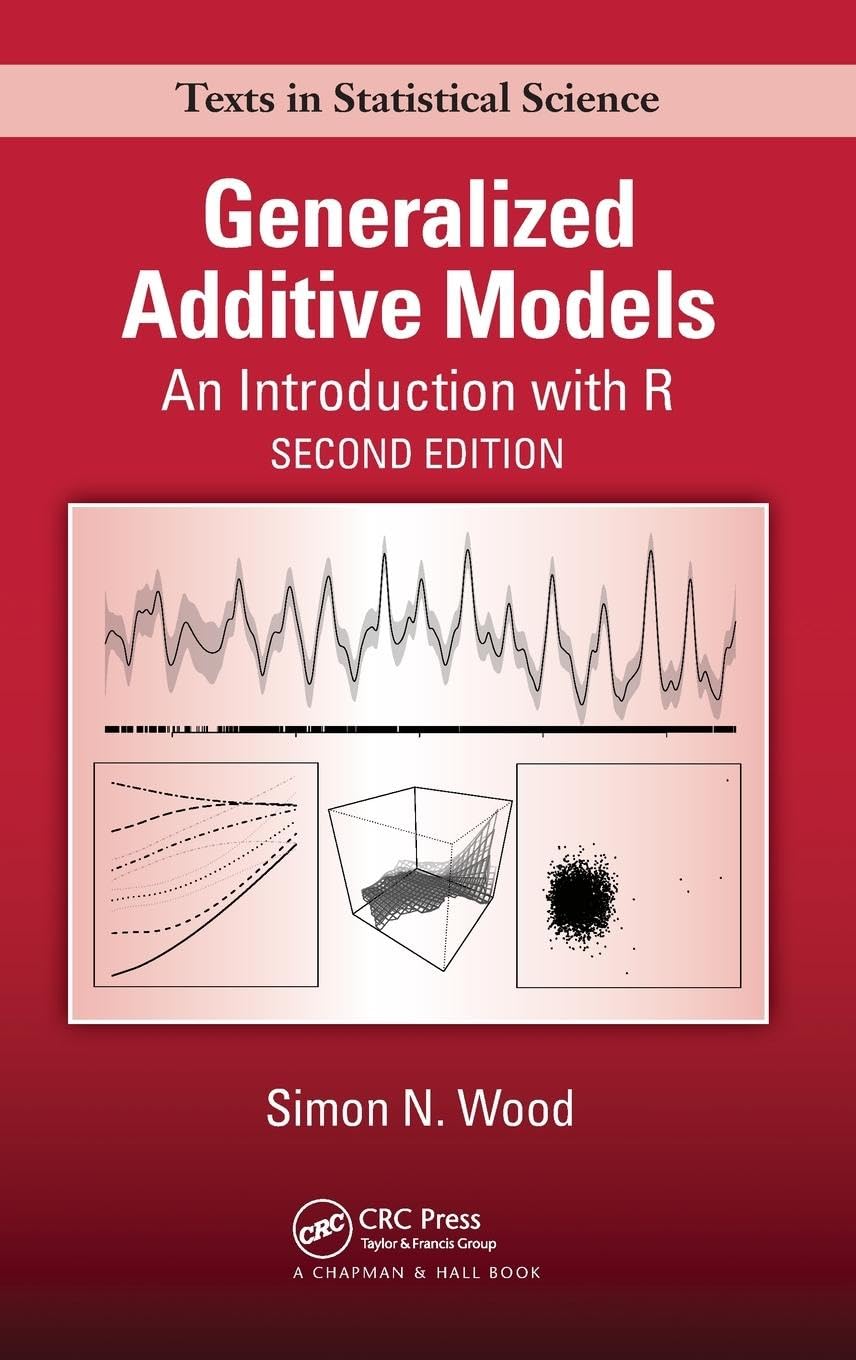
As someone who wrestles with messy, non-linear data daily, this book felt like finally finding the missing manual to my favorite software. The 2nd edition’s restructuring is a game-changer—I no longer waste hours deciphering dense theory before getting to practical applications.
The adaptive smoothing chapter saved me during a recent project with unevenly sampled environmental data. Wood’s explanation of penalized splines for variance modeling? Chef’s kiss. I literally built a heteroskedasticity-adjusted model for customer churn while following the coffee-stained examples on pages 142-147.
Yes, the QR decomposition intro made my eyes glaze over initially (I skipped ahead to Chapter 4). But when I circled back after running into convergence issues with mgcv, those theoretical bits suddenly clicked during debugging. Pro tip: Keep RStudio open alongside this book—the code examples shine when implemented interactively.
The expanded distribution families became my secret weapon. That Cox proportional hazards section? Helped me untangle survival analysis for medical device failures last quarter. Though I do miss that deleted smoothing bases table—it now lives as a screenshot on my second monitor.
This isn’t Stats 101 material (bring your GLM knowledge), but when you need to move beyond cookie-cutter models, it’s like having a patient professor whispering advanced techniques over your shoulder. Just be prepared for some mathematical heavy lifting between those brilliant practical insights.

